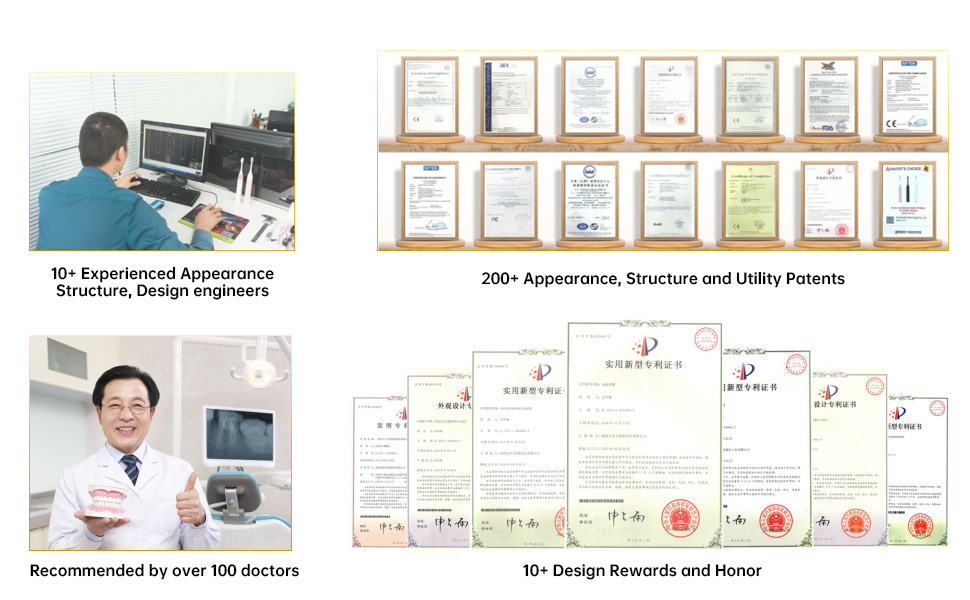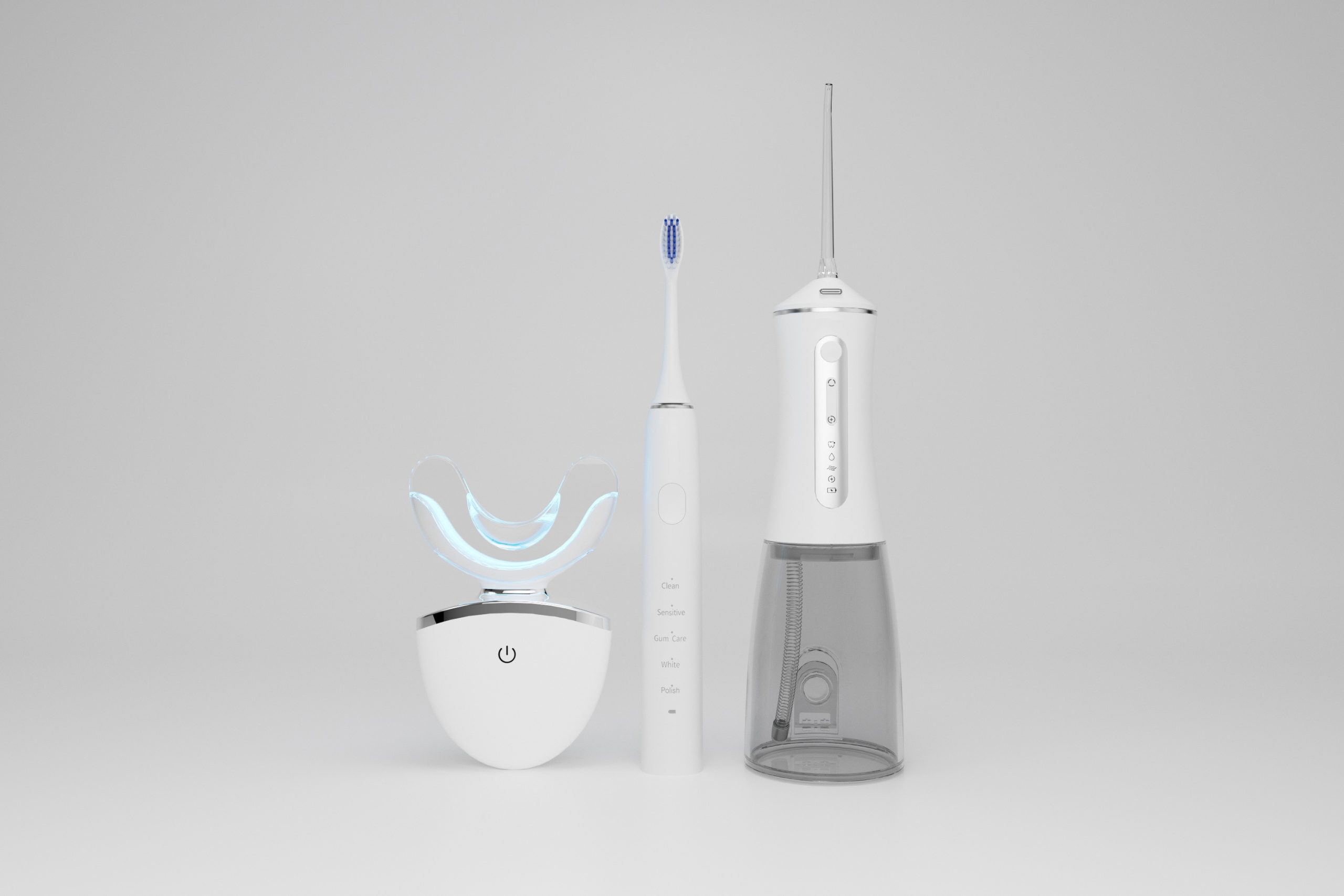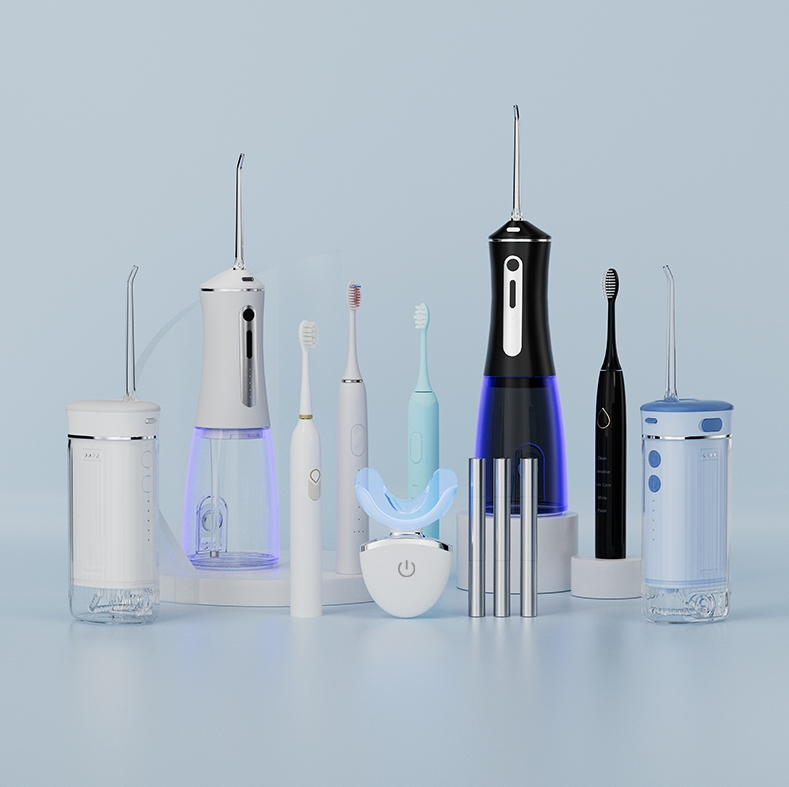In recent production defect analyses, gel crystallization combined with pH imbalance has raised concerns among oral care manufacturers. Not only does this combination affect whitening performance, but it also triggers questions about possible toxicological risks. Could such defects compromise product safety? This blog explores the answer from a manufacturing and formulation perspective.
Gel crystallization refers to the unintended solidification or crystal formation within gel-based formulations, especially whitening gels. This typically results from:
Crystallized gels lose uniform texture, reducing application consistency and risking uneven contact with enamel surfaces.
pH imbalance arises when the gel’s acidity or alkalinity drifts outside the intended safe range, usually between pH 5.5 and 7.5 for oral contact products. Causes include:
pH imbalance exacerbates enamel sensitivity and could damage soft oral tissues during use. Company web:https://www.powsmart.com/product/electric-toothbrush/
Interestingly, gel crystallization and pH imbalance often occur simultaneously:
This interaction results in inconsistent product texture and chemical aggression to the teeth and gums.
From a toxicity perspective:
While not inherently toxic, such defective gels significantly compromise user safety and comfort, warranting urgent manufacturing correction.
To prevent gel crystallization and pH imbalance, manufacturers should:
These measures ensure formulation consistency and maintain safe pH values throughout shelf life.
Ignoring gel crystallization and pH imbalance can lead to:
By focusing on formulation stability and strict quality controls, manufacturers protect both users and brand reputation.
Is gel crystallization with pH imbalance toxic? While not directly toxic in all cases, this defect combination poses real risks to oral tissue safety and whitening efficacy. Through precise formulation control, rigorous pH management, and stable gel production, manufacturers can effectively prevent this issue and ensure reliable, safe whitening products for global markets. Contact us
.jpg)
.jpg)
Do Water Flosser Battery leakage and Overheat Dangerously?
Mode Malfunction with Refill Frequency – Frustrating?
Compact Electric Toothbrush for Boston Dorms
Why Do Design Flaws Cause Gum Injury in Water Flossers?

How to Build a Successful Water Flosser Brand?
.jpg)
Can a sonic toothbrush company provide a toothbrush with app?
.jpg)
Is Toothbrush Production Keeping Up with Toothbrush Technology Trends?

What Are the Common Points in the Production Process of Dental Irrigators and Electric Toothbrushes?
.jpg)
Key Points for Customized Water Flosser Nozzle: Food-Grade Silicone vs. PP Material and Antibacterial Structure Design
Holiday Gift Sets Smart Sonic Toothbrush Supplier WA | Corporate Gifts

How Can Oral Care Products Achieve Both Compliance and Good Appearance?
Durable Electric Toothbrush for Frequent Travelers Gujarat
.jpg)
How can a Water Flosser provide a more thorough and Dental Plaque Remover?
Toothbrush Head Replacement Bulk Supplier | OEM Oral Care Parts

Which Electric Toothbrush Shell Material is More Durable?
Smart Electric Toothbrush for Tech Professionals Koramangala

Electric toothbrush heads Charcoal Infused-Diamond

electric toothbrush heads Regular Clean

electric toothbrush heads Deep Clean
.jpg)
Florida Electric Toothbrush – Powsmart PTR-C8

electric toothbrush heads Ultra Soft

Customization Teeth Whitening Gel

electric toothbrush heads Charcoal Infuse-Round

Private Label Whitening Gel
whstapp
whstapp
National Toll-Free Service Hotline
+86 755 86238638